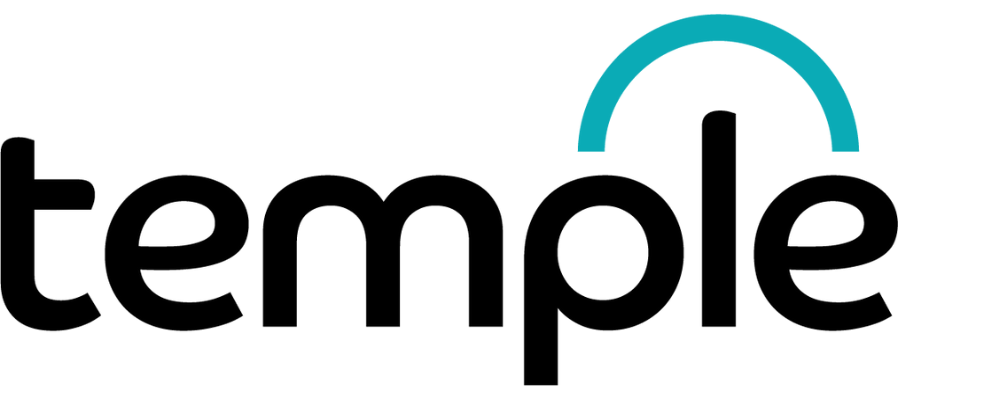ISO 14001:2026 - What’s changing and how to prepare
A revised version of ISO 14001 – Environmental Management Systems is currently in development and is expected to be published in January 2026, replacing ISO 14001:2015.
The revision aims to bring greater clarity to existing requirements, align with ISO’s Harmonised Structure, and integrate key updates such as climate change considerations.
Status of the Revision
The drafting process began in late 2023. By February 2025, the standard reached the Draft International Standard (DIS) stage, allowing national member bodies to vote and provide comments. While the draft was approved by a majority, numerous comments were submitted. As of June 2025, these comments are under review ahead of the next development stage.
Key Proposed Changes to ISO 14001:2026
Here are the main proposed updates to the standard:
1. Climate Change and Broader Environmental Perspectives (Clauses 4.1 and 4.2)
The 2024 climate change amendment (ISO 14001:2015/Amd1:2024) is now fully integrated. The revised standard goes further by also requiring consideration of resource use, pollution levels and biodiversity.
2. Clarified Planning for Risks and Opportunities (Clause 6.1)
Clause 6.1.1 (General) has been reorganised. Most of its content now appears in a new clause, 6.1.4 ‘Risks and Opportunities’, while ‘Planning Actions’ becomes Clause 6.1.5. These adjustments are intended to improve clarity.
3. Environmental Aspects (Clause 6.1.2)
A new note explains the lifecycle perspective more clearly. There's also a more explicit requirement to identify potential emergency situations with environmental impacts.
4. New Clause on Change Management (Clause 6.3)
A new clause has been introduced to require a structured process for planning and managing changes relevant to the environmental management system.
5. Operational Planning and Control (Clause 8.1)
The scope has been broadened. Where the 2015 version focused on outsourced processes, the revised text now includes all externally provided processes, products and services.
6. Improvement and Annex A Updates (Clause 10)
Clause 10 has undergone renumbering and consolidation with limited changes in substance. Annex A has been significantly revised to enhance clarity and support the interpretation of clauses 4 to 10.
Overall, the proposed changes are considered moderate and are less extensive than those seen during the transition to the 2015 version.
Transition Timelines
The International Accreditation Forum (IAF) is expected to publish mandatory transition guidelines before the release of the final version of ISO 14001:2026. While transition periods usually last up to three years, a shorter period may apply due to the limited nature of the changes.
How to Prepare
To ensure a smooth transition, organisations should take early action. Here are some recommended steps:
Familiarise yourself with the proposed changes as soon as possible.
Provide training for relevant personnel to ensure they understand the revisions and their implications.
Conduct a gap analysis to identify areas needing updates or clarification.
Develop and implement a transition plan to ensure your management system remains compliant.
Support from Temple QMS
Temple QMS is ready to support your organisation through this transition with expert guidance and tailored solutions, including:
ISO 14001 Training Courses to ensure your team fully understands the revised requirements.
Consultancy Services to help identify gaps, plan changes and implement improvements aligned with ISO 14001:2026.
Ongoing support to build a robust, high-performing Environmental Management System.
Preparing early will not only ensure compliance but also strengthen your organisation’s environmental performance.
If you’d like to learn more about how Temple QMS can help you prepare for ISO 14001:2026, get in touch today.

